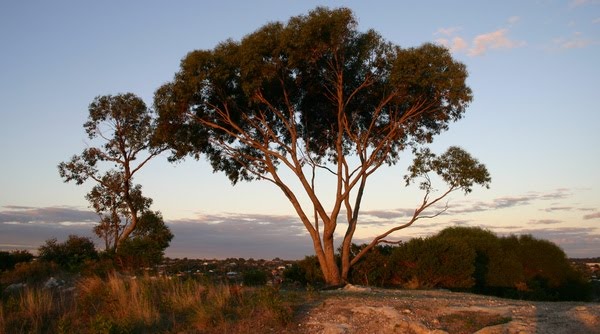
Clontarf Hill – local landmark, local history.
Clontarf Hill is an important natural remnant in the social surroundings of the Fremantle/Hamilton Hill area.
The Department of Planning, Lands and Heritage has listed Clontarf Hill as a Registered Aboriginal Site.
The dominant canopy on Clontarf Hill is the tuart (Eucalyptus gomphocephala). The tuart woodlands and forests of the Swan Coastal Plain were included on the Critically Endangered list of threatened species and ecological communities under the Environment Protection and Biodiversity Conservation Act in July 2019.
Friends of Clontarf Hill (FOCH) in partnership with the Cockburn Community Wildlife Corridor (CCWC) and the City of Fremantle have been successful in securing a number of Community Stewardship Grants from the State Natural Resource Management Program. This has provided us with resources to address woody weeds and undertake revegetation. The South East Regional Centre for Urban Landcare (SERCUL) are working with us to complete this project and the City of Fremantle is supporting the grant with weed control prior to planting. FOCH are vigilant in looking after the area and demanding that Clontarf Hill and the surrounding bushland area be retained as local open space (as proposed by the City of Fremantle).
Clontarf Hill connects the coastal reserves to the residential hinterlands to the east. It also connects the Manning Park ridgeline and wetlands northwards to Fremantle’s remnant valley and ridgeline parks. It is open space of regional significance that should be recognised as a Parks and Recreation Reserve in the Metropolitan Region Scheme (MRS).

